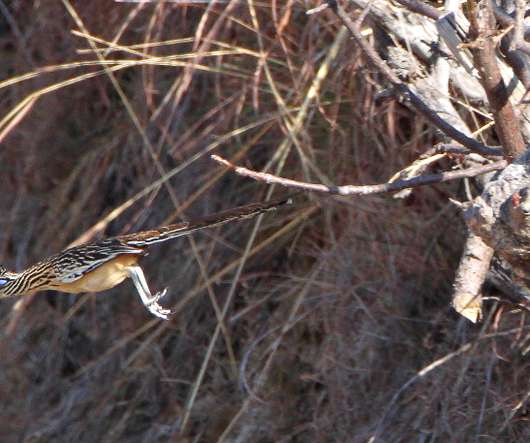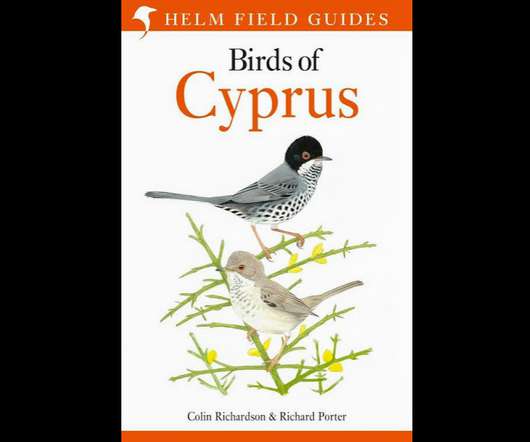Mexico Beat BBOTY
10,000 Birds
JANUARY 6, 2021
And there were moments during the year when I thought birding was a lost cause. As the year began, I was making plans for a work-related trip which would take us to two of the world’s great flyways, with time spent near Istanbul and Gibraltar, the two greatest crossing points for migratory European birds.






















Let's personalize your content